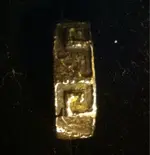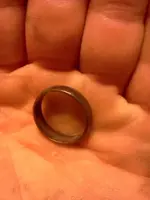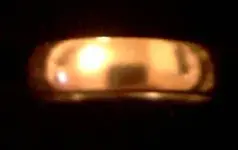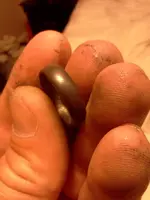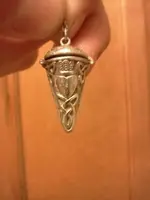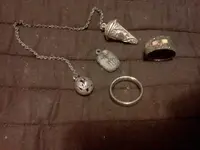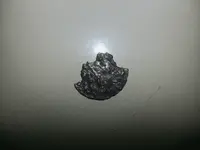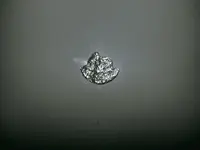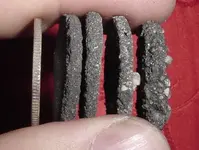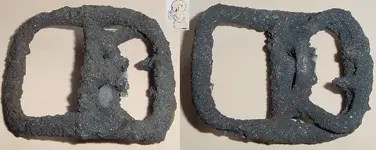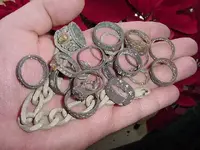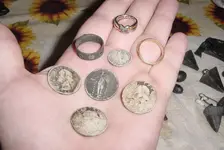in wet salt, it turns colors to somewheres between a metallic grey, to a full-on-black. Depending on combination of minerals with that wet salt. And then slowly eats away at the metal integrity of the silver, such that ... it's never redeemable numismatically. And to add misery to this, if the coin is in the "in-out" action of the sand (pulled out with each erosion cycles, and re-deposited back on the beach with the spring/summer fill-in), then it can also begin to get a "sand-blasted" effect. I've seen silver quarters and dimes ... so thin.... that you could bend them with your bare fingers. Doh!
An exception would be silver coins that came out from the higher dunes, which had not been eroded back into by any previous storm. Not sure about Florida, but here in CA, when there's the winter erosion cycles, not every spot on the beach is equally as eroded back into. Thus mother nature takes one spot on the beach, and that becomes her "burr in her bonnett". Like scallop points, etc.... Thus in subsequent years, when a new and different zone is getting eroded (a mere 1000 yards up or down from there), it can go into other dunes, which perhaps hadn't last been at this high water mark since 1900 or whatever. The silver coins get introduced to the wet, which , at first, can be every bit as shiny (nearly so anyhow) as something you'd expect to find on land.



